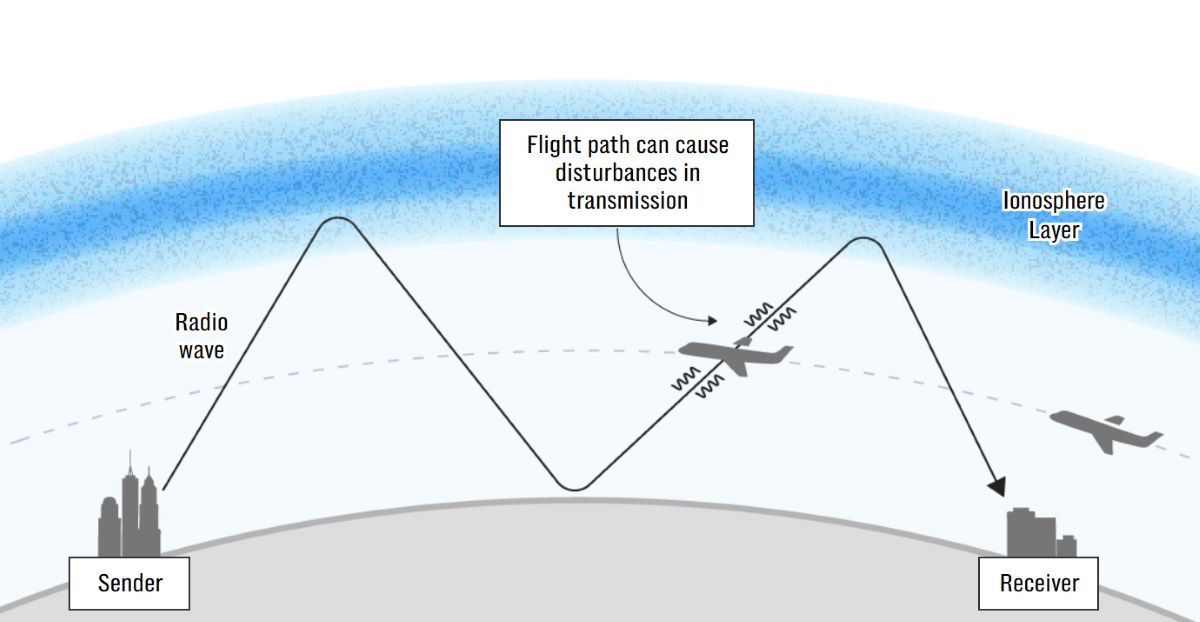The disappearance of MH370 in 2014 has become one of the world's greatest aviation mysteries, and a decade on, the question of "Where is MH370?" remains unanswered. But now, a new theory based on weak radio signals (WSPR) is offering fresh hope.
WSPR: Technology to help find clues?
WSPR (Weak Signal Propagation Reporter) is a weak signal transmission system designed to test the performance of antennas used by amateur radio operators. Every two minutes, WSPR sends out thousands of weak radio pulses. Notably, these signals can become distorted (a "ghost" signal) if an object, such as an aircraft, crosses them.
Richard Godfrey, a retired aerospace engineer who has worked for NASA, Boeing, and Airbus, believes that analyzing historical WSPR data could help determine the final flight path of MH370. According to his analysis, the search area is about 1,600 kilometers west of Perth, Australia, and has a radius of less than 32 kilometers.
Godfrey describes the WSPR signals as “a series of breadcrumbs” leading the way, and claims to have detected 130 signal disturbances on the night MH370 disappeared. While the technology is controversial, he believes it is an important step in narrowing the search area.

Extensive research and new hope
Ocean Infinity, which led the search for MH370 in 2018, has been awarded a new 18-month contract by the Malaysian government. The search will be conducted on a “no find, no fee” basis, with the company set to receive $70 million if it finds evidence of the plane’s location.
This time, Ocean Infinity relied not only on WSPR data but also on technologies such as particle filters, developed by the Australian Defence Science and Technology Group. These filters help remove unnecessary data, thereby increasing the accuracy of predicting the location of the plane wreckage based on where debris has washed ashore.
In addition, hydro-acoustics data from the time MH370 disappeared will also be re-examined. This opens up new possibilities that previous searches have not explored.
Doubts and expectations
Not everyone agrees with WSPR. Nobel Prize-winning physicist and developer Professor Joseph Taylor says historical data from the network is useless for tracking aircraft. However, Professor Simon Maskell from the University of Liverpool believes the theory should not be dismissed too soon and is testing its accuracy with real-world data.
Despite the skepticism, the resumption of the search for MH370 offers hope to the families of the victims. If the wreckage is found, it will not only answer the question of MH370’s fate, but also open up the opportunity to understand the cause of the tragedy, thereby preventing similar tragedies in the future.
Will “ghost radio signals” really bring us the final answer? Only time and technology will tell.











